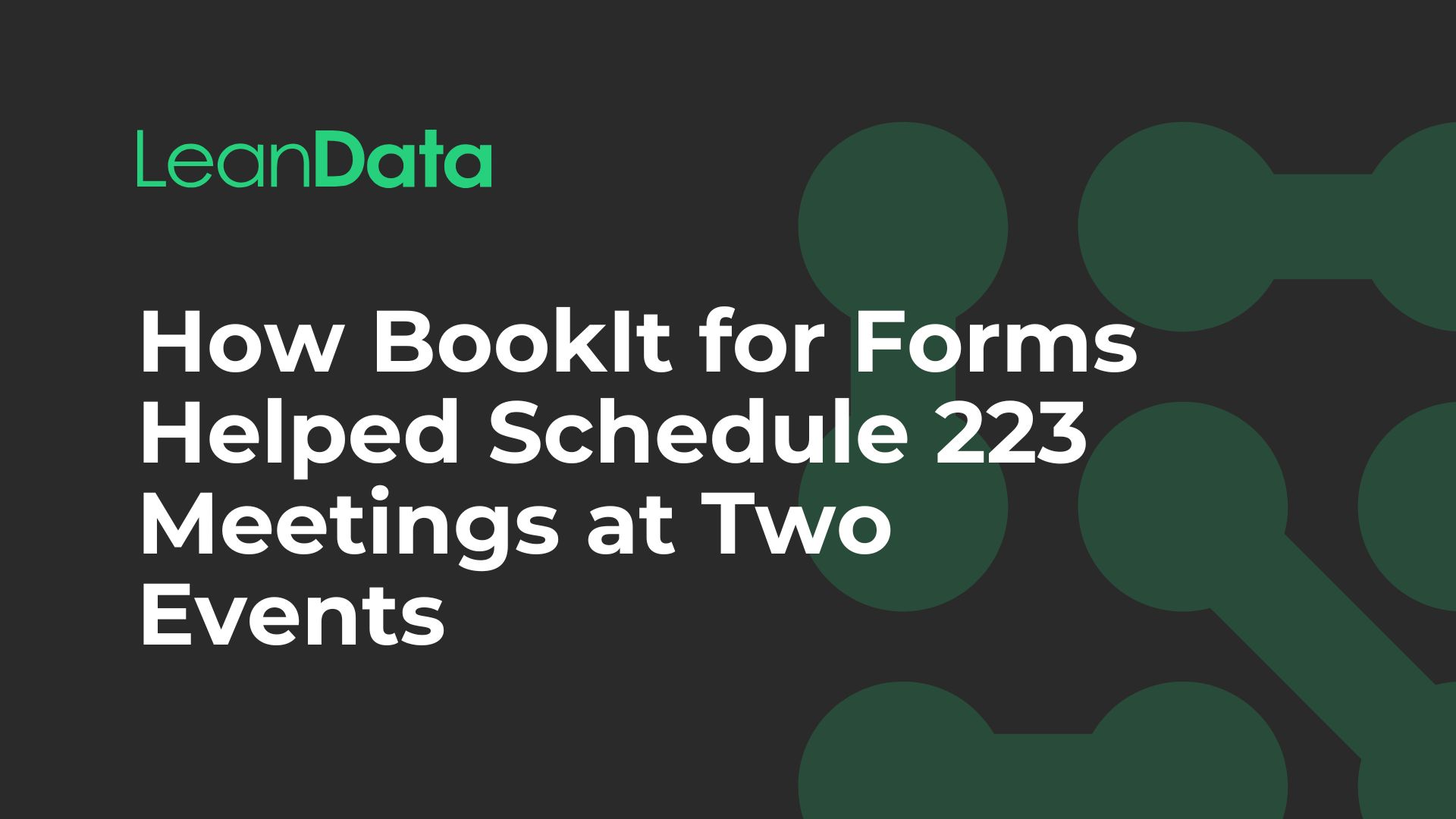The real work begins after the booth closes.
Events may deliver great conversations, but what happens next determines whether that excitement turns into pipeline or fades into follow-up chaos.
Enterprise teams today are looking beyond badge scans and lead lists. They are focused on orchestrating signals, identifying buying groups, and triggering the right actions across Sales, Marketing, and Customer Success.
This approach, called Post Event GTM Orchestration, connects people, processes, and systems around one goal: accelerating revenue.
From Names to Signals
Ten years ago, most companies treated event leads as names in a spreadsheet. Someone uploaded them into Salesforce, applied basic filters, and sent them to the Sales team. The focus was on quantity, not quality.
Today, the focus has shifted from collecting names to orchestrating signals. Every interaction: scanning a badge, attending a session, booking a meeting, offers a clue about interest and intent.
Post Event GTM Orchestration ensures those signals flow automatically into the right systems, where they can be matched, routed, and acted upon with speed and accuracy.
With LeanData, that process begins with lead to-account matching, identifying whether a person already exists in your CRM and which account they belong to. Next comes routing, which sends each signal to the correct owner based on account ownership, territory, or buying group membership.
As a result, no lead falls into a black hole.
Connecting Signals Across the Buyer Journey
Events no longer stand alone. They are one touchpoint in a much longer buyer journey that may include digital campaigns, demos, renewals, and customer success conversations.
Post Event GTM Orchestration helps companies see where each signal fits within that larger journey. For example:
- Was this contact already part of an active opportunity?
- Are multiple people from the same company showing interest?
- Did this customer recently open a support ticket or renewal discussion?
When data is orchestrated across teams, leaders gain context that transforms isolated interactions into clear buying stories.
LeanData Journey Tracker, for instance, visualizes these interactions at the account and buying group level. It helps GTM teams understand which actions are moving deals forward and which need follow-up attention.
Speed to Lead Still Matters
Even as buyer journeys grow more complex, speed still wins. When a prospect engages at an event, timing is everything. The faster your team follows up, the more likely you’ll start a meaningful conversation.
Time-Based Routing in LeanData ensures no opportunity goes cold. It assigns leads based on availability, working hours, and SLAs. Plus, it automatically reroutes unclaimed or expired tasks to another rep, keeping the handoff seamless.
Consider this simple chain:
- A new event lead enters Salesforce.
- LeanData matches it to the right account and rep.
- A meeting scheduling link, powered by BookIt, is sent instantly.
- The rep connects with the buyer the same day.
That’s Post Event GTM Orchestration in motion: speed, precision, and coordination across every touchpoint.
Organizing Your Post Event Workflow
To bring order to post event chaos, teams can follow a simple orchestration checklist:
1. Normalize event data.
Import scans, meetings, and booth interactions into a consistent format with standardized fields.
2. Match and enrich records.
Use intelligent matching to connect leads to existing accounts and fill in missing details such as titles, regions, and industries.
3. Define routing rules.
Determine ownership logic for customers, prospects, and target accounts.
4. Set SLAs and notifications.
Establish time-based response goals and automate alerts to maintain accountability.
5. Track engagement across journeys.
Use tools like Journey Tracker to see how event signals influence pipeline.
6. Measure and optimize.
Review outcomes by buying group, persona, and channel to improve future event investments.
Following these steps ensures every event touchpoint contributes to growth, not guesswork.
Why Orchestration Builds Confidence Across the GTM Team
When systems, data, and people move in sync, the impact extends beyond the marketing department.
- Sales leaders gain confidence that every lead reaches the right rep quickly.
- Marketing leaders can track event performance without manual reporting.
- RevOps and IT can maintain data hygiene and system trust.
- Executives can make informed decisions on where to invest next.
In short, orchestration replaces post event uncertainty with clarity and coordination.
Turning Event Momentum into Growth
Events remain one of the most effective ways to start meaningful conversations. Yet, the real opportunity lies in what happens next.
Post Event GTM Orchestration connects every scan, meeting, and conversation to a larger revenue story. It transforms event engagement into predictable growth by ensuring every signal is captured, matched, routed, and followed up with precision.











